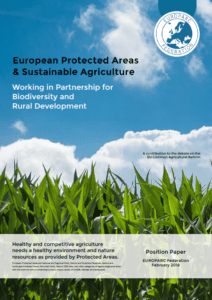International Polar Bear Day
Every year, International Polar Bear Day draws attention to the challenges polar bears face in the warming Arctic. It reminds us of all the species endangered by climate change and global warming but also pushes us to find a way to help these animals.
According to WWF, global polar bear numbers are projected to decline by 30% by 2050.
Learn more
International Polar Bear Day is organized by Polar Bears International. They have prepared a lot of interesting contents for this day. You can join live sessions and “Ask me anything” session which will enable you to engage with experts and learn more about the bears. Take a look at the full schedule here!
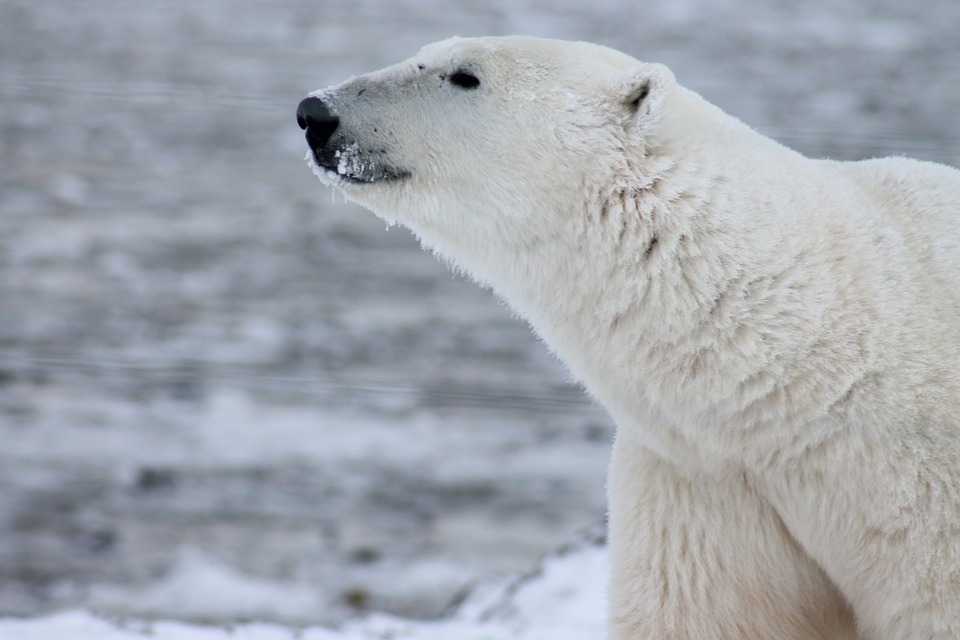
Polar bear/ Pixabay
What can you do?
Whether you are looking for a complete lifestyle change, or just want to make small steps in bettering your relationship with nature you can try to do several things:
1) Reduce your carbon output (turning you thermostats down)
2) Drive less
3) Use energy efficient devices
4) Reuse and recycle
5) “Adopt a bear” – symbolic adoption of a polar bear will help real polar bears in the wild. By adopting a bear, you’ll support the research, education and action efforts.
6) Donate – The Polar Bear Fund supports small, meaningful projects that honour polar bears on an annual basis.
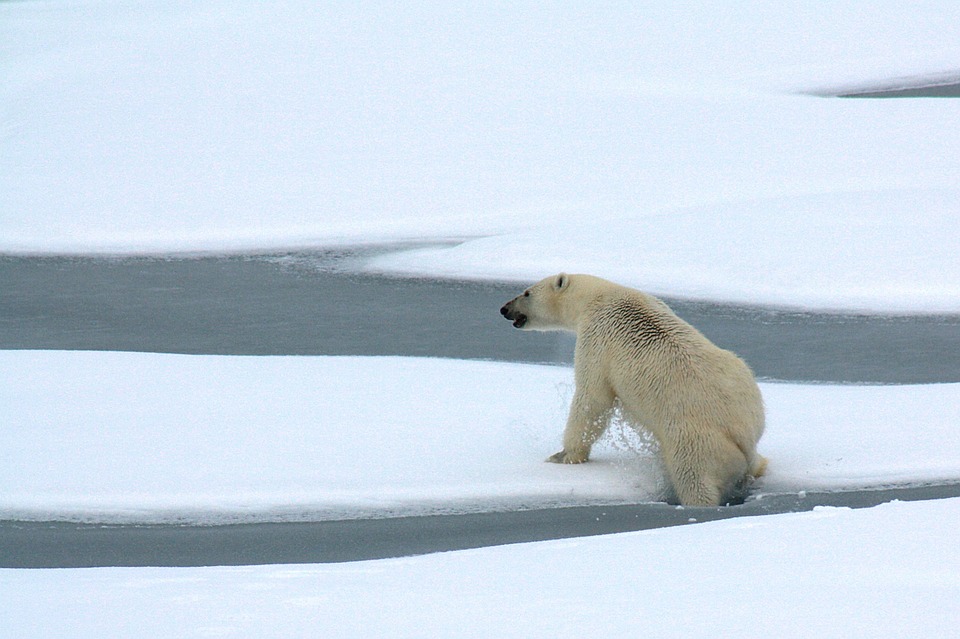
Polar bear/ Pixabay
Close encounters: bears vs. people
Recently, the Northeastern Novaya Zemlya archipelago faced a mass invasion of polar bears. They started entering homes and public buildings, and there were even signs of aggressive behavior. The question is who is the real intruder – the bears, or the people…
Russia’s World Wildlife Fund (WWF) said polar bears were being forced into villages because of climate change, explaining that due to the decrease of the ice cap, the animals were being forced to go ashore to search for food.
Did you know?
- The great white bear of the North is not actually white.
- Polar bears touch noses to ask to share food.
There are more surprising facts about these spectacular animals – take a look at the article and learn more about them!
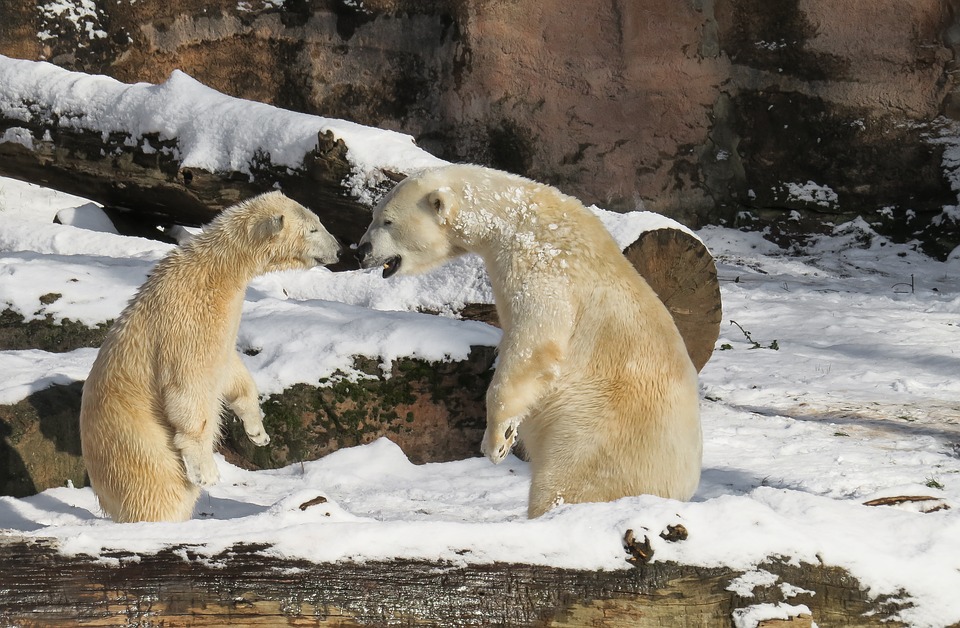
Polar bear/ Pixabay
Raise awareness about the International Polar Bear Day. Use hashtags #InternationalPolarBearDay #PolarBearDay!
Webinar: Monitoring & Managing visitors in Protected Areas
Sustainable Tourism: Monitoring & Managing visitors in Protected Areas
- 7th March 2019
- 15:00 CET
- Register here
With tourism visits in Europe growing at an unprecedented rate, and with nature destinations among the most visited places, we need to empower protected area professionals to manage tourism flows to deliver socio-economic benefits without compromising the conservation status of the destinations. How to balance the human impact that tourism can bring? Which methodologies are being used to assess visitors‘ flows and impact? How to allow managers of the Protected Areas to take strategic decisions and plan effectively tourism?
The identification of appropriate, cost-effective and low-impact models to manage tourism sustainably, remains an open challenge in many European protected areas. In this context, the INTERREG Central Europe CEETO project, which EUROPARC is a partner, aims at implementing an innovative governance system for tourism, based on a participatory planning approach.
In this webinar, we invited some of the CEETO partners to share some outcomes of their work: we will get to know some of the best – and cost-effective – tools to monitor tourist flows being used by protected areas. After learning the theory, we will get the practice insight, and discover how one of the most visited destinations in Germany is monitoring the impact of their visitors, and using the information collected to make better strategic decisions.
Finally, we will have a presentation by the Greek National Park that will host the Charter Network Meeting in April 2019, an international gathering of sustainable tourism experts and technicians from EUROPARC Sustainable Destinations, and hear the challenges they are facing since the Park has tripled its size.
Participation is free, but registration is needed! All participants are most welcome to share their views and direct their questions to the presenters. After the presentations, there will be a live Q&A.
From theory…
Case Study 1) Tourist flows in Protected Areas: an inventory of (the best) monitoring methods
by Diego Albanese, Federparchi – EUROPARC Italy
Tourism is an economic activity strongly driven by natural attractions, but the same natural features can be easily threatened and damaged by all the direct and indirect pressures linked to it. It is therefore essential for Protected Areas to have planning, management and monitoring tools, specifically designed to make tourism activities within protected areas sustainable and environmentally friendly.
In the CEETO (Central Europe Eco-Tourism) project, an inventory of the best and most innovative methods for monitoring tourist flows in Protected Areas has been drawn up, tools able to adapt to the needs of each Protected Area. The methodologies identified are a mix of well-consolidated methods, which have been used for many years, and innovative methods, which are gaining importance and credibility in recent years. This inventory is addressed to managers of Protected Areas (local, regional or national public entities, competent agencies) and their stakeholders such as NGOs, research centres and universities or SMEs that might be interested in the interconnection between environmental and biodiversity conservation and development of sustainable tourism strategies.
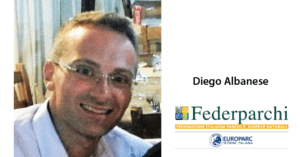
Diego Albanese is the Scientific Coordinator of CEETO Project in Federparchi. He is an expert in sustainable tourism development of destinations, having a large experience in market analysis, elaboration of action plans and marketing strategies.
…to practice
Case Study 2) Monitoring visitors in the Southeast-Rügen Biosphere Reserve
by Katrin Hüsken, CEETO Project Coordinator, Biosphere Reserve Southeast-Rügen, Germany
The Biosphere Reserve Southeast-Rügen was established in 1990 and in 1991, with the recognition by UNESCO, included in the world network of the Man and Biosphere (MAB) programme. Sustainable regional tourism development has been, for a long time, a strong focus in the biosphere reserve and continues to be of great importance especially when looking at the visitor numbers of up to 6.4 million visitors per year (statistics 2017). Since 2012, the Biosphere Reserve has been working with the European Charter for Sustainable Tourism in Protected Areas and is part of EUROPARC List of Sustainable Destinations, having renewed their commitment in 2018.
Watch the short film about the Southeast-Rügen Biosphere Reserve
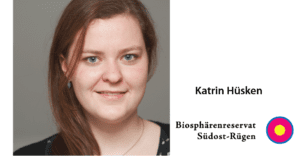 Since her studies, Katrin was always focused on the topic of sustainable development. In 2013/2014, she worked as environmental consultant and coordinator of the national sustainable tourism label “ecolabel” in Luxembourg. Since 2017, Katrin is the project coordinator for the Interreg CEETO Project at the Authority of the Biosphere Reserves Southeast-Rügen.
Since her studies, Katrin was always focused on the topic of sustainable development. In 2013/2014, she worked as environmental consultant and coordinator of the national sustainable tourism label “ecolabel” in Luxembourg. Since 2017, Katrin is the project coordinator for the Interreg CEETO Project at the Authority of the Biosphere Reserves Southeast-Rügen.
Case Study 3) Tourists Flows in a protected area that tripled its size
By Serafeim Felekis, President, Tzoumerka, Acheloos Valley, Agrafa and Meteora National Park, Greece
When in 2015 the Tzoumerka National Park joined the EUROPARC network of Sustainable Destinations, the park covered around 860 square kms but in 2018, the Government decided to expand the area of the National Park. Now, it has tripled its size, ranging from th Acheloos valley to the famous region of Meteora, one of the most visited places in Greece. The over 20 monasteries standing on the top of steep sandstone rock pillars are recognized by UNESCO world heritage site since 1988 and attract thousands of tourist every year.
The increase of the National Park size brings new challenges: new stakeholders, a large area of agricultural land, many more obligations, and, certainly, a much higher number of visitors. In his presentation, Serafeim will explain how the Park is dealing with the change and why they have decided to host an International Sustainable Tourism Meeting in April 2019! By bringing together experts in Sustainable tourism and protected area professionals from across europe, they aim to gather good inputs for the challenges ahead.
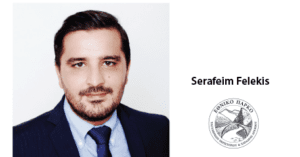
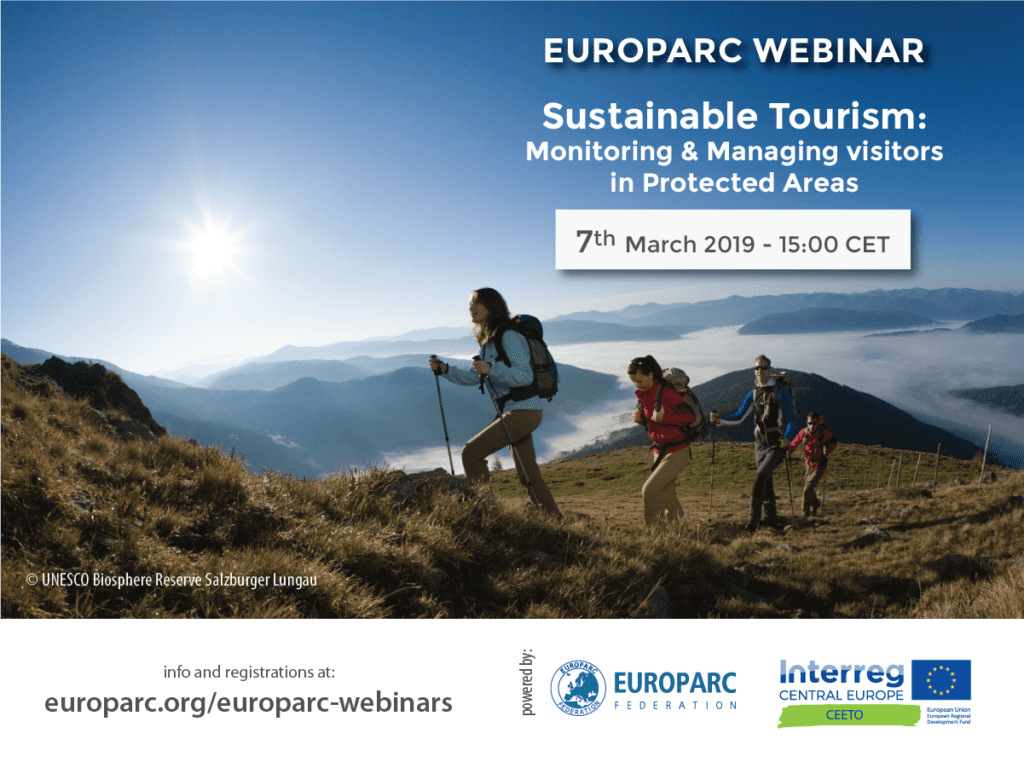
EUROPARC Germany is moving towards the future with new leadership and a sharpened profile.
The new board of EUROPARC Germany e.V. (from left to right): Hartmut Escher, Peter Suedbeck, Christian Unselt, Eugen Nowak (picture author: Jan Wildefeld)
Eichsfeld-Hainich-Werratal Nature Park: the members of EUROPARC Germany set a new course for the future work of their association at the annual general meeting. Peter Südbeck, director of the of Lower Saxony Wadden Sea National Park, leads as the new chairman of the board, from now on the umbrella organization of the national natural landscapes. The members also decided to rename the non-profit organisation “Nationale Naturlandschaften e.V.” with effect from 2020.
The overwhelming majority of EUROPARC members elected their new CEO, Peter Südbeck, who, as the head of the Lower Saxony Wadden Sea National Park, has been associated with the umbrella organization for many years. His deputies include Christian Unselt, Vice president of the NABU, Hartmut Escher, head of Nature Park TERRA.vita, and Eugen Nowak, Head of the Biosphere Reserve Spreewald, as the new Executive Board. Guido Puhlmann, the head of the Middle Elbe biosphere reserve, who has been the chairman of the association for the past nine years, resigned from his office due to the constitution. He earned recognition and gratitude from the membership for his successful work during his term of office.
The EUROPARC members made a clear decision to strengthen the “National Natural Landscapes” umbrella brand by renaming the umbrella organization “National Natural Landscapes e.V.” ( „Nationale Naturlandschaften e.V.“). This will come into force on 01.01.2020. Unlike in the past, the future association name shows the direct connection of the organization with its content-related focus, which lies on working in the National Natural Landscapes.
For sharper profiling of the national natural landscapes, the “National Natural Landscapes Profile”, which was also adopted at the General Assembly, provides for this. It formulates the value of national parks, biosphere reserves, nature parks and wilderness areas for the preservation of Germany’s natural diversity. At the same time, it summarizes the role of National Natural Landscapes for Society, Politics, Economics and Science as an indispensable point of contact, consultant and authority on all urgent issues relating to nature conservation and sustainable development.
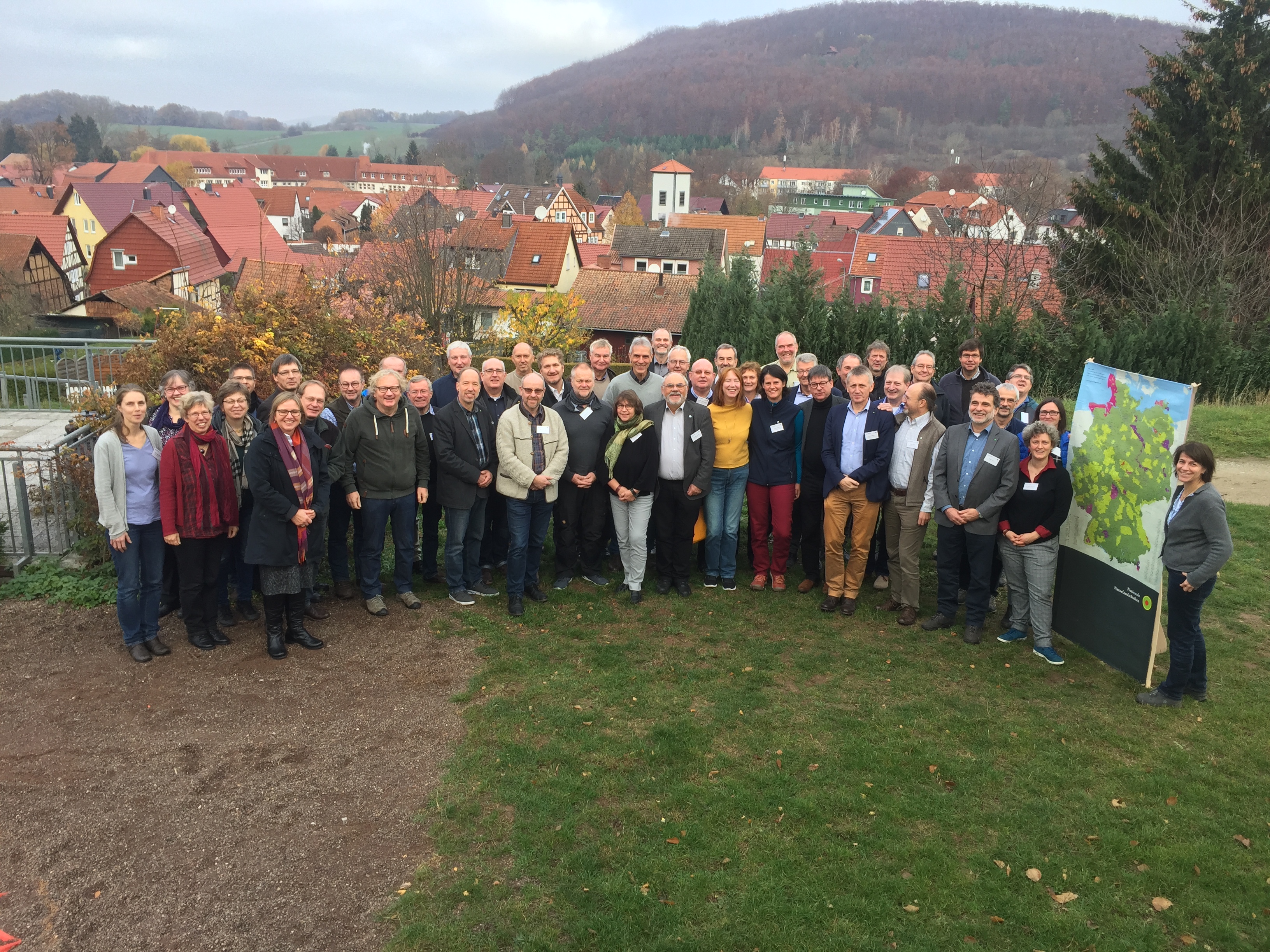
General Assembly of EUROPARC Germany in the Eichsfeld-Hainich-Werratal Nature Park (Photo: Jan Wildefeld)
The full article is available here.
Webinar Nature and Agriculture: understanding EU policy & delivering good practice
Farmers and foresters comprise almost 80% of the total EU land area. Simultaneously, the majority of European Protected Areas consist of cultural managed landscapes. EUROPARC, therefore, believes that the role of Protected Areas and Natura 2000 Sites in rural development needs to be valorised and the interdependence on the ground fully reflected in a more integrated Common Agricultural Policy (CAP). What are the challenges ahead? Which new instruments will be created and what are the main differences with the current CAP?
- 26th February 2019 at 10:30 CET
- free participation but registrations are mandatory. Register here
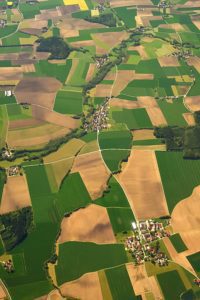
Crops in Bayern, Germany © Joao Romba (rombaimages.pt)
The #FutureofCAP
The ongoing debate in Brussels on the Future of CAP involves all European Institutions, NGOs, MEPs and several civic organisations. The EU Commission proposals for the new CAP, which take into consideration the environment, nature conservation, and sustainable use of natural resources, are now being analysed by the European Parliament and the European Council.
To understand the links between nature and agriculture that the CAP proposals entail, we invited representatives of the DG Environment and DG Agriculture to share their perspectives and tell us all about the new “green architecture” and how the “nature directives” will be represented in the future CAP.
From policy to implementation
According to the European Commission, “agriculture depends more on the weather and the climate than many other sectors“, and the responsible use of natural resources is as pertinent as ever. But policy is insufficient without the enforcement in each EU member states.
“While being cost-effective, farmers should work in a sustainable and environmentally friendly manner, and maintain our soils and biodiversity”. In this webinar, after having heard the different EU perspectives and policy changes of the coming CAP, we will hear how the Government of Latvia is implementing a successful cross-sectoral cooperation programme between the Nature and Agriculture ministries.
EUROPARC believes that the new CAP should pay specific attention to farmers acting within or close to Protected Areas and Natura 2000 Sites, engaged in environment-friendly agriculture and working in partnership with Protected Areas authorities. The position paper “European Protected Areas & Sustainable Agriculture: Working in Partnership for Biodiversity and Rural Development” launched last year introduces the role of Protected Areas, and reinforces the need for new, better-integrated approaches and more innovative funding mechanisms at regional, national and European level.
Webinar Presentations
1) The DG AGRI perspective: The rural development and the green architecture of the future CAP
by Krzystof Sulima, Policy Officer, Directorate-General for Agriculture and Rural Development, EU Commission
Links between nature conservation, forestry and farming are very strong and this is reflected in the new CAP architecture. The presentation will show the new green structure of the CAP as proposed by the European Commission and currently under examination by the European Parliament and European Council, and the challenges and the differences with the current CAP. Mr Sulima will highlight the new measures and instruments that will be available for farmers and stakeholders to support nature conservation, develop sustainable agriculture and promote rural development, with specific attention to Natura 2000 and natural protected areas.
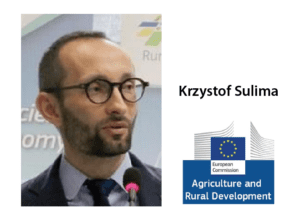 Mr. Sulima has been working in DG AGRI for many years and follows, in particular, the agri-environmental schemes and environmental measures in the Common Agriculture Policy. He is working on the CAP reform with special attention to rural development.
Mr. Sulima has been working in DG AGRI for many years and follows, in particular, the agri-environmental schemes and environmental measures in the Common Agriculture Policy. He is working on the CAP reform with special attention to rural development.
2) The DG ENVI perspective: The Birds and Habitats Directives and Nature Action Plan and the future CAP
by Jérémie Crespin, Policy Officer, Directorate-General for Environment, EU Commission
The terrestrial Natura 2000 network is today largely complete; however, most habitats and species associated with agricultural ecosystems in Europe are still in an unfavorable conservation status. The fitness check of the Nature Directives concluded that greater efforts are needed to conserve and enhance biodiversity, through more effective integration with the CAP in order to reach biodiversity objectives.. The “Nature Action Plan for nature, people and the economy” addresses this conclusion and because of the important role of agriculture, specific actions are dedicated to the CAP. The presentation will present the connection between the nature’s directives implementation, including in Natura 2000 area and other protected areas, and the future CAP.
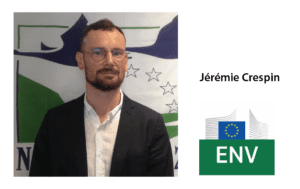 Mr. Crespin has a long experience in DG ENV and a background in Forest Science, Forest and Forest Resource Management and Agronomy and Food Industries. He is following the CAP reform with special attention to its relation with EU laws and policies on Biodiversity protection.
Mr. Crespin has a long experience in DG ENV and a background in Forest Science, Forest and Forest Resource Management and Agronomy and Food Industries. He is following the CAP reform with special attention to its relation with EU laws and policies on Biodiversity protection.
3) The implementation perspective: Nature conservation governance in Latvia: achievements and challenges ahead
by Juris Jātnieks, Director General, Nature Conservation Agency in Latvia
The “National Conservation and Management Program for Natura 2000 sites in Latvia 2018 – 2030” identified a list of 19 priority management measures for all terrestrial NATURA 2000 area of Latvia. The “NATPROGRAMM” is the detailed follow-up of the National PAF 2012, setting the location, the scale, and priority of habitat management measures to be implemented. This program produced 6 handbooks of protected habitat management guidelines for coastal habitats, freshwater habitats, grasslands, wetlands and forests, rocky habitats and caves. In Europe, it is an excellent example of cooperation between nature and agriculture ministries, as the Guidelines for management of grassland habitats were accepted by the Ministry of Agriculture as the official handbook for all farmers and land managers in country, to receive support payments according to the Rural Development Program of Latvia – a big success of cross-sectoral synergies.
The Guidelines describe field methods suggesting how to manage the existing habitat to improve status, or restore the habitat whenever it is possible and necessary; identify user-friendly indicators included to evaluate the state of habitats for land users, managers, municipality planners and decisionmakers; draw conclusions from experiments of management methods for dunes, grasslands, freshwater, mire and forest habitats. The implementation was based done with a broad public involvement which included workshops, seminars, discussions, voluntary work and training of municipality staff to implement management measures.
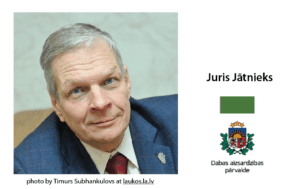 Mr. Jātnieks is the General Director of the Nature Conservation Agency, the institution that ensures implementation of unified nature conservation policy in Latvia ensuring good governance and efficient management of the protected nature areas of the country. His background is on Ecology of ecosystems and has worked in the NCA as project manager before becoming the General Director.
Mr. Jātnieks is the General Director of the Nature Conservation Agency, the institution that ensures implementation of unified nature conservation policy in Latvia ensuring good governance and efficient management of the protected nature areas of the country. His background is on Ecology of ecosystems and has worked in the NCA as project manager before becoming the General Director.
How to join?
Webinars are open not only to EUROPARC members – but to everyone with an interest in Protected Areas. Participation is free but registration is necessary. Register here.
You can join in from anywhere: you will just need a device with internet connection. EUROPARC webinars are held in English and participants have the chance to join the discussion with the invited speakers, at the final part of the webinar. NOTE: Please make sure you have the latest JAVA version, you can run a check to the webinar by following this link: https://gr3eq.wb.getresponse.com/room/connection-tester
